After the rainy season, most people often complain about mold and mildew growth in their houses. Both mold and mildew are dangerous to the safety of the house because their prolonged growth can damage the structure of the house, and can cause a lot of health problems as well. Hence, to protect your house from getting irreparably damaged, it is prudent that you should be aware of the types of household mold and mildew, and what can you do to protect your house from mold and mildew in the future.
What are mold and mildew?
Mold and mildew are both types of fungi that are commonly found on house surfaces. They mostly thrive in moist environments, and once they are heavily accumulated, are extremely difficult to remove. Hence, to effectively remove them professionals with years of experience are required. If we consider mold vs mildew, then a mold is the most difficult to get out.
Difference between mold and mildew
Mold is a fungus that consists of multiple identical nuclei that combine to form an accumulation. It mostly grows in the form of green and black patches and also penetrates deep within the affected material. But if you ask what is mildew? Then the answer is quite broad. It is a form of mold that accumulates only on the surface of the material and doesn’t penetrate within the material. Hence, mildew is easy to scrape off. Mold usually grows on food or inside permanent structures. While mildew is mostly found on damp surfaces, paper, various fabrics, and organic materials in the house. Hence, the difference between mold and mildew is quite profound.
Types of mold
Mold isn’t of only one type, but rather they have many types. Thus, people should be able to tell what types of mold in the homes, they are dealing with. Also, over 10,000 types of mold exist, but people usually encounter one of the 5 types. Hence, the five types of mold are as follows:

- Alternaria: It is the most common type of mold that is found in the house. This type of mold in the house is found under sinks, showers, and various other places. Usually, it is found in buildings that have suffered some kind of water damage. It is usually black, grey and brown. Continued exposure to Alternaria can cause allergic reactions and asthma attacks. Thus, professional mold removers should remove it.

- Aspergillus: One of the different types of mold, is usually yellow, green, black, white, and grey in colors. It usually grows on old walls, paper products, and clothing. Prolonged exposure to aspergillus can cause respiratory problems and allergic reactions and can cause inflammation in the lungs of those with weak lungs.

- Cladosporium: Apart from other types of mold in homes, Cladosporium grows in cooler areas. It is usually found on fabrics such as carpets, curtains, and wood surfaces like floorboards and cabinets. It has black and olive green in color. It also causes breathing problems.

- Penicillium: It is found on various materials that have been in contact with waters. Like carpets, wallpapers, insulation, and mattresses. In identifying mold types, it should be noted that penicillium looks blue and green, and produces strong musty odors. The spores of penicillium can spread very easily and often result in allergic reactions.

- Stachybotrys Chartarum: When identifying mold types, make sure that they are done under the supervision of a professional. One of the most dangerous household molds is Stachybotrys chartarum. It is usually referred to as “black mold” because of its color. Out of all mold types, it produces dangerous mycotoxins that can cause allergic reactions, asthma attacks, and chronic sinus infections. The black mold has a musty odor, and it is found in damp places like a leaky pipe, and under air condition ducts. Thus, this household mold should be treated with care, preferably by a professional. It is a mold found in walls, and only professionals can scrape it off.

Types of mildew
Mildew on the other hand is also a type of mold. It can be easily scraped off by a professional mold and mildew remover. In identifying the mold types, it should be noted that any mold that grows primarily on the plants is mildew. But it also has different types, some of them are as follows.

- Powdery mildew: It is a type of house mold, but usually grows on plants. Mainly it affects flowering plants. It first appears as white or grey blotches. But after a while, they turn yellowish-brown or black as the fungus continues to grow.

- Downy mildew: It's usually found in agricultural products such as potatoes, apples, and grapes. Its appearance varies depending upon the surface that it grows, but usually, it starts as yellow and eventually turns brown.

How to clean mold and mildew
Mold seeps deep into a surface, and thus leaves microscopic elements. Hence, it is extremely difficult to remove mold without any professional help. Thus, professional mold removers should be called. First, they will do mold identifying and, after ascertaining the type of mold, they will remove it using specific tools and sprays. Thus, all household mold types will be removed when a professional starts working.
On the other hand, mildew is not as dangerous as mold and can be removed using any type of surface cleaner. But, make sure that you cover your face and eyes, as its spores can penetrate your eyes quite easily. Also, if a professional is removing any types of mold, then let them remove mildew also. It is better to be safe than sorry.
Why hire a professional?
Also, professionals are experienced and are trained in removing dangerous types of mold and mildew. If they find any mold in walls, they expertly remove it. Also, they are aware of the consequences of their actions, and therefore come prepared for removing mold and mildew. Also, hiring a professional mold removal service is affordable than spending money on medical treatment. They only charge a fixed fee and don’t charge any additional amount before or after the service.
Thus, if you don’t recognize any mold or mildew, then you can check the types of mold pictures to determine what type of mold it is. Also, when comparing mildew vs mold then the mold is considered to be more dangerous. But mildew also should not be taken lightly. Especially when you don’t know how to remove it.

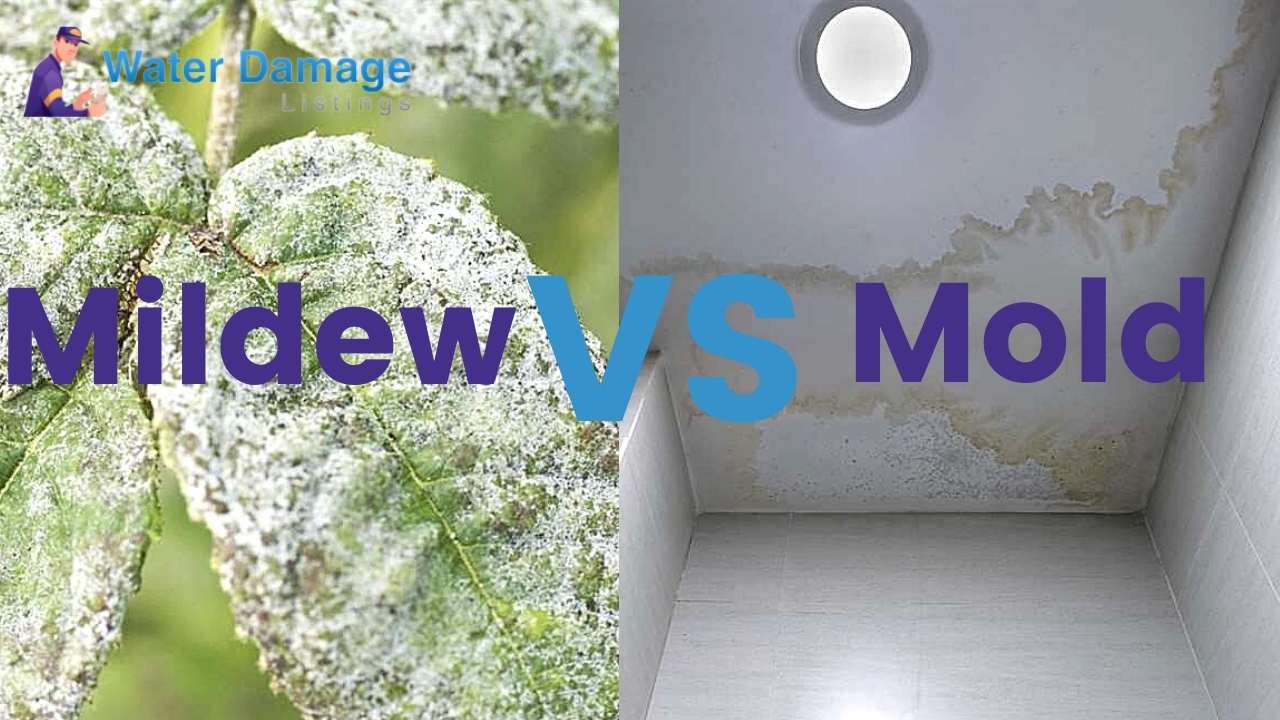
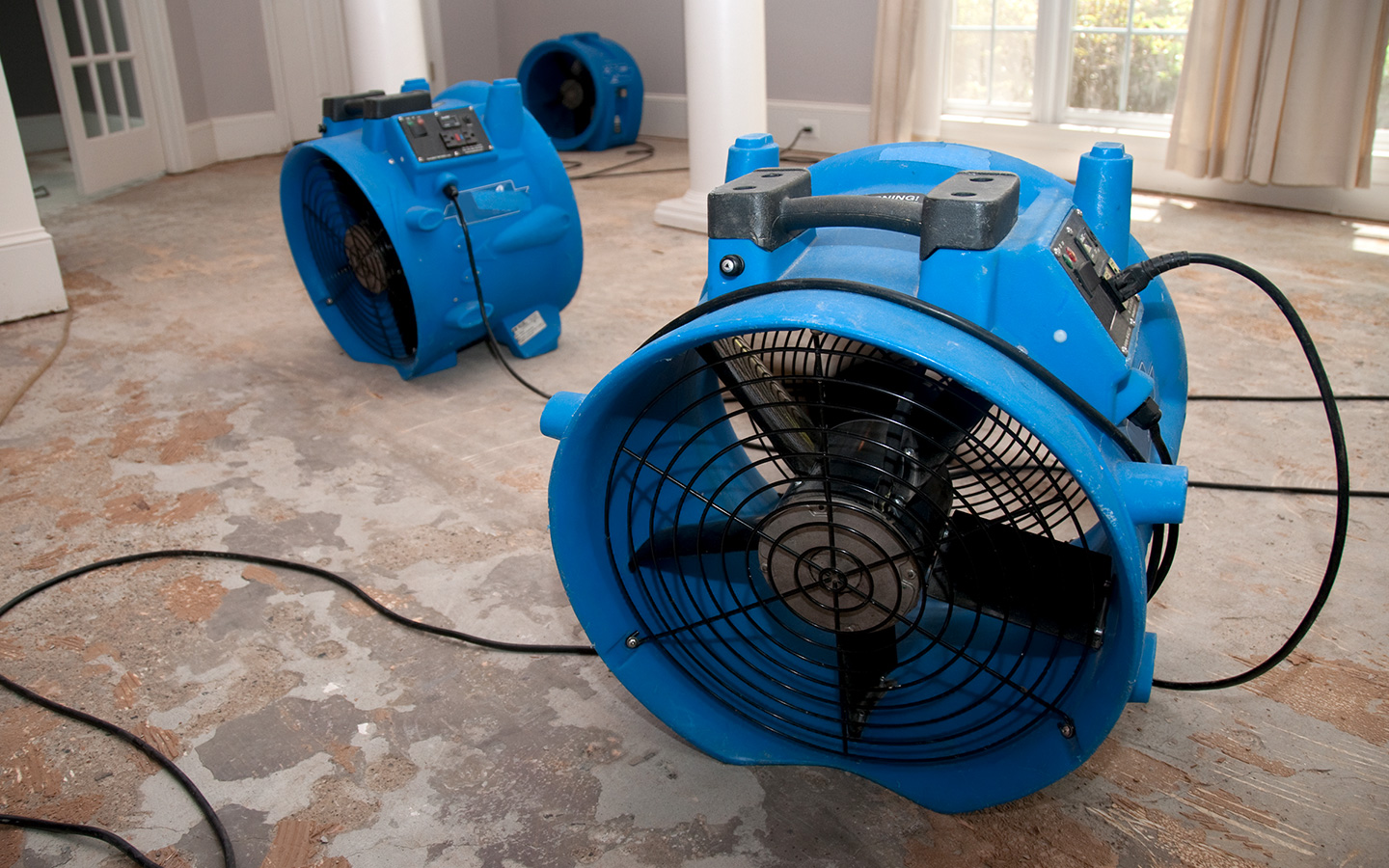

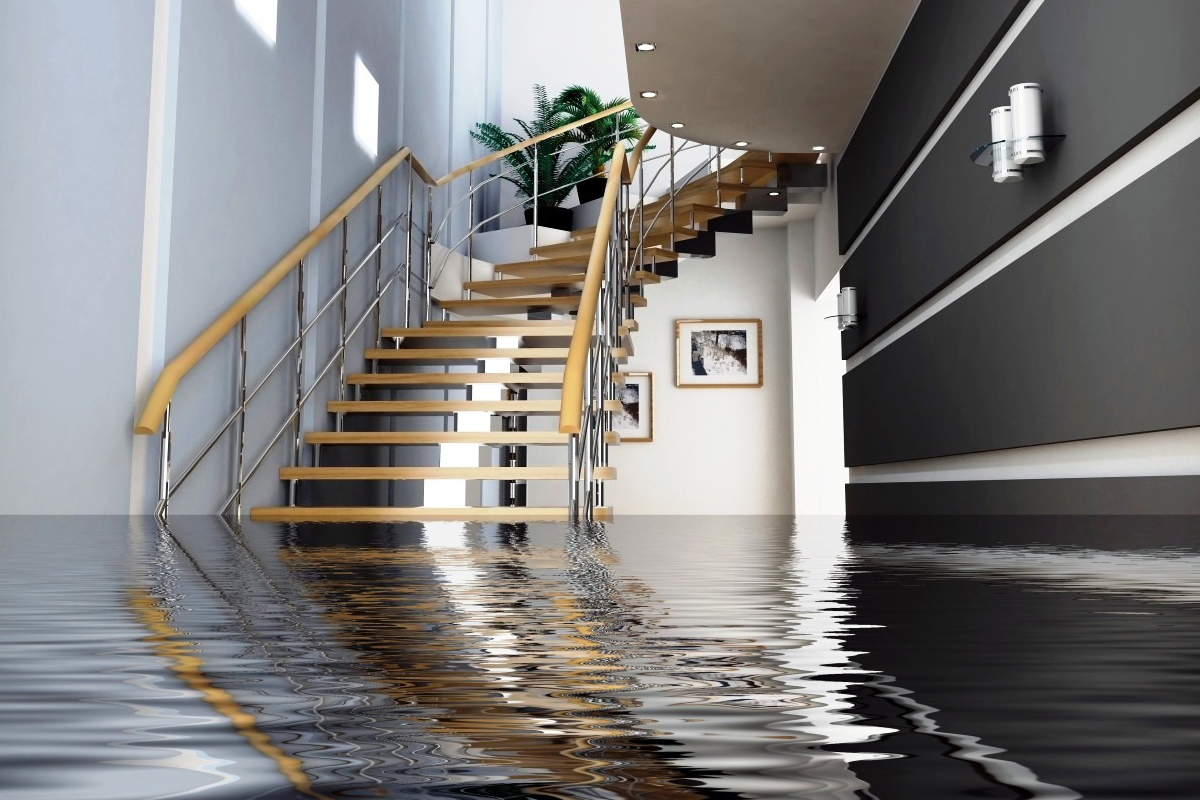
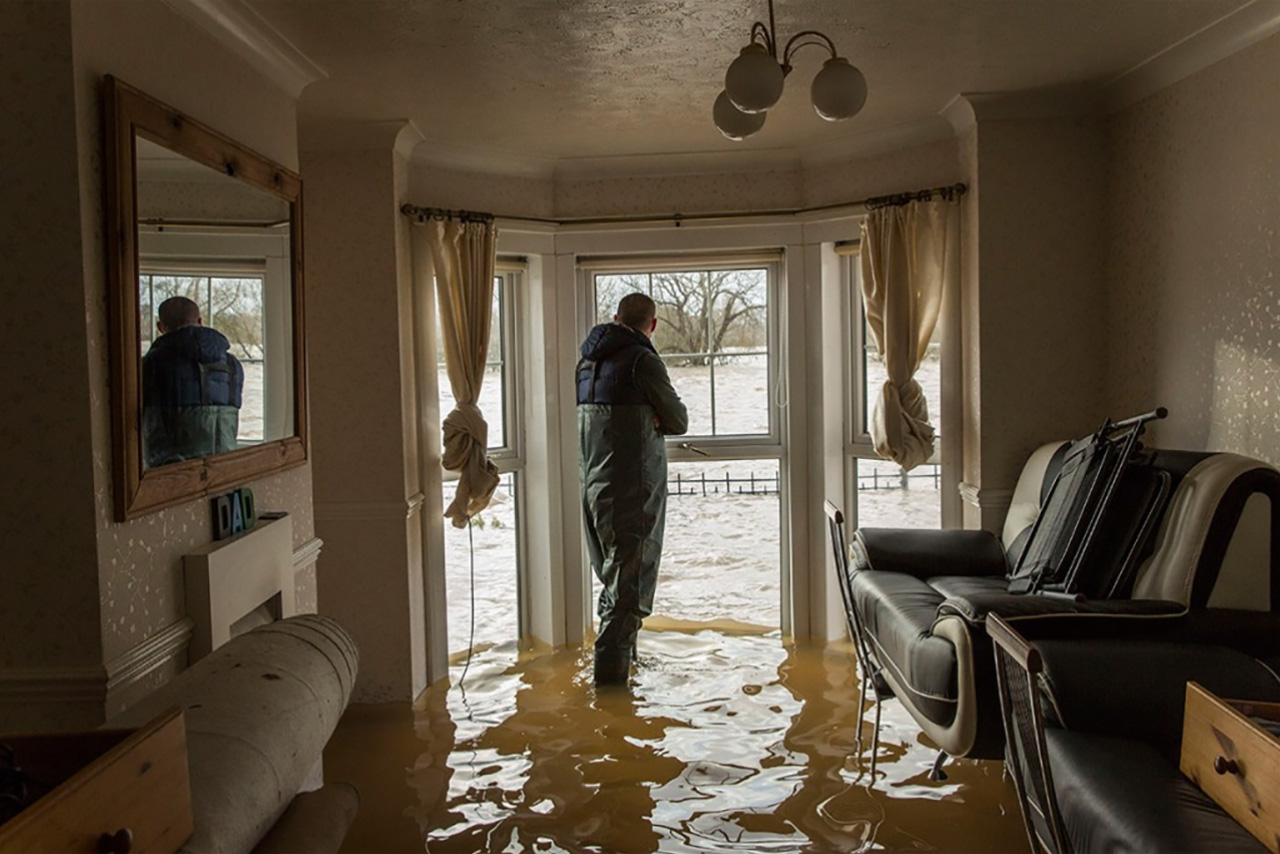

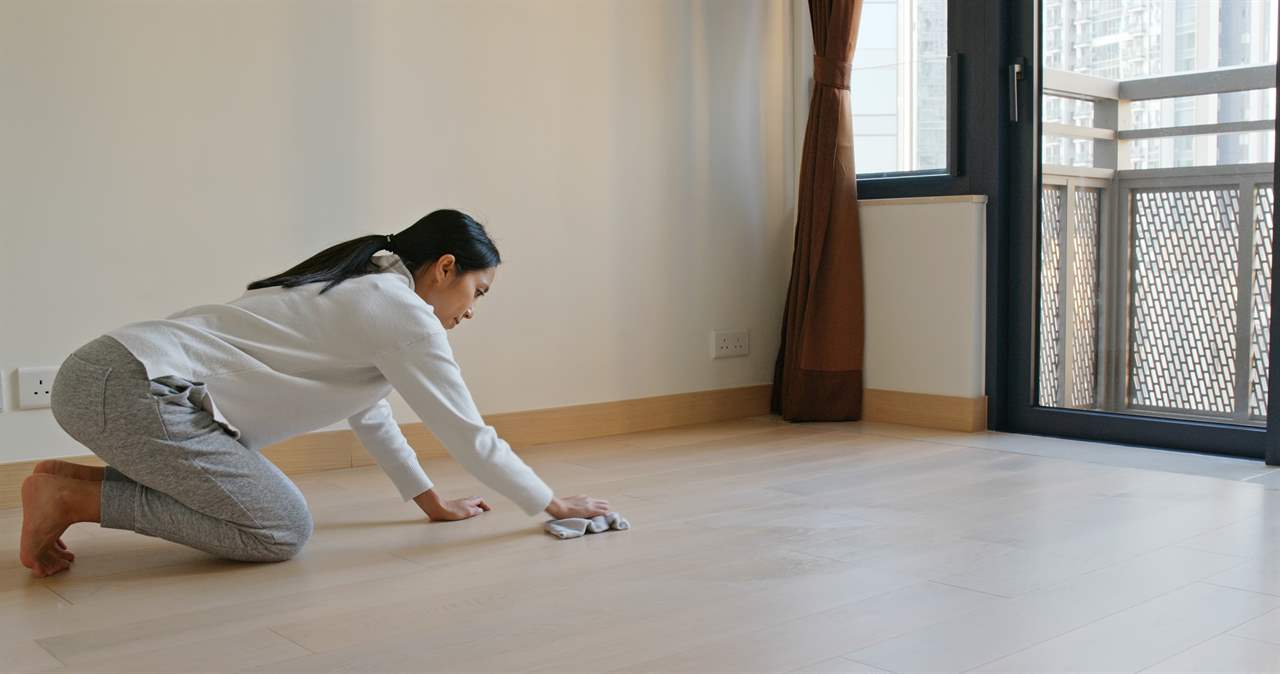

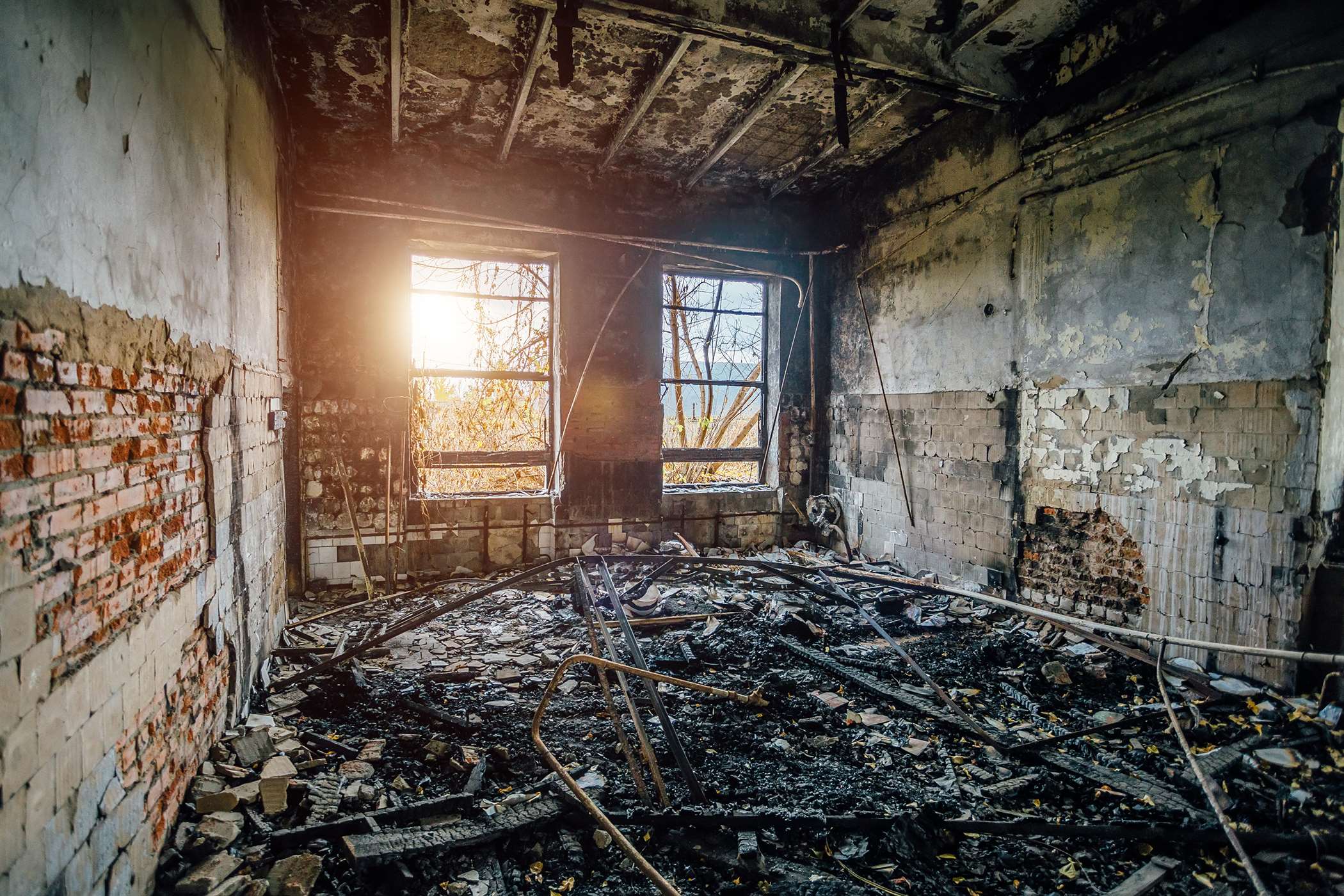
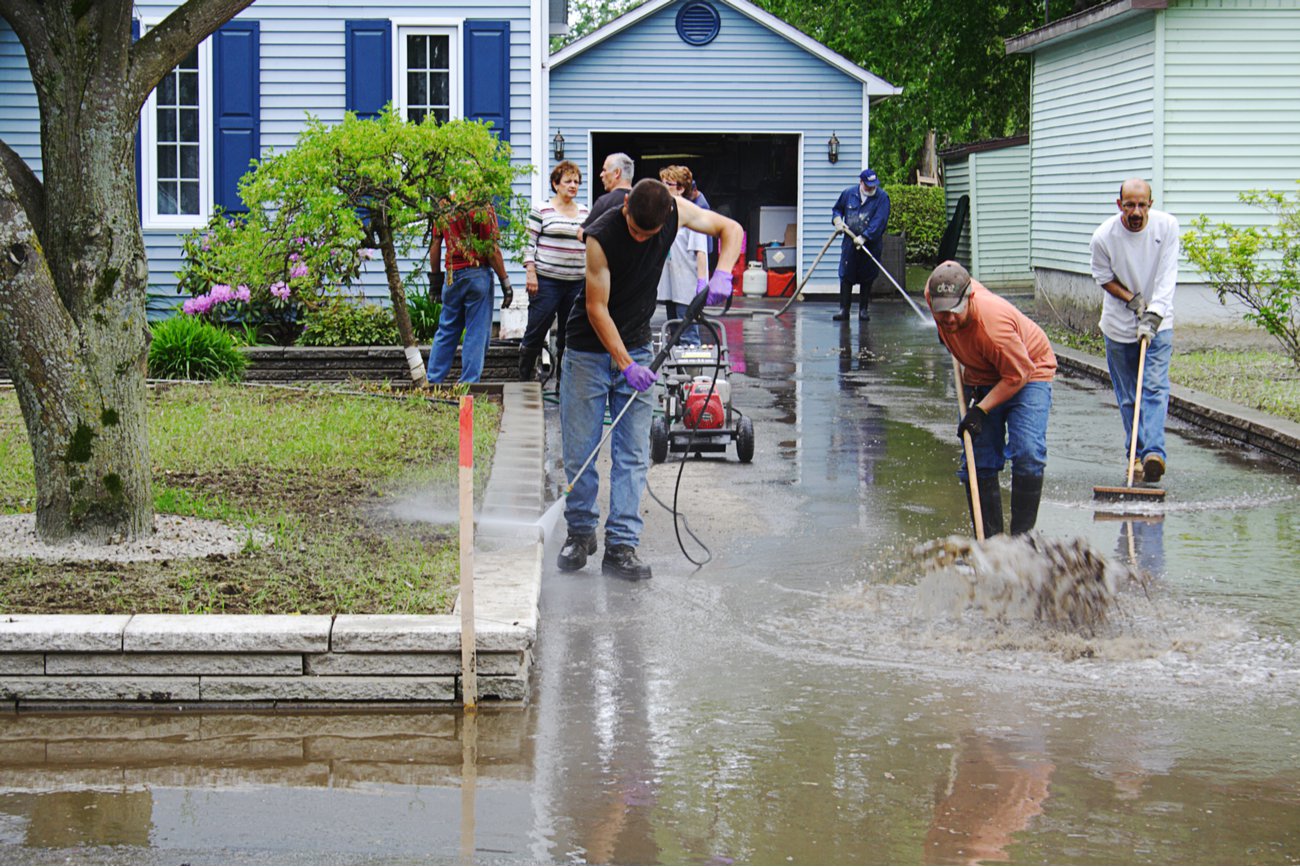
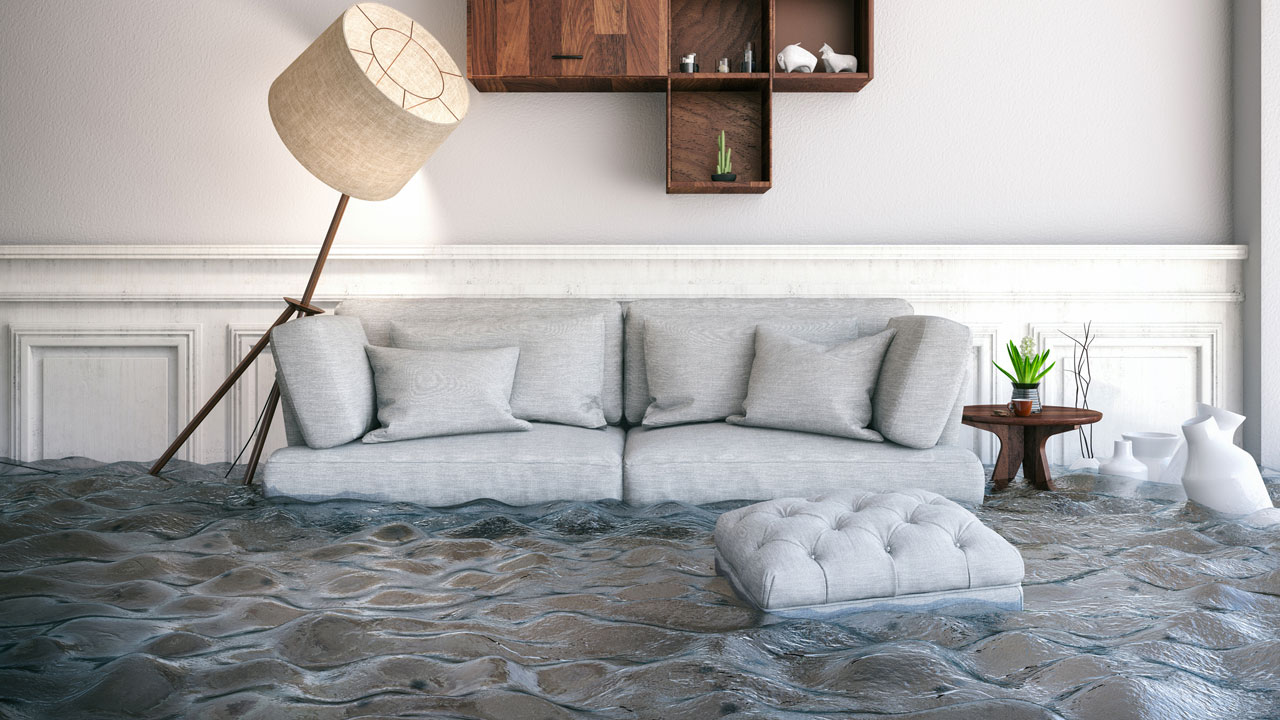
Leave a comment